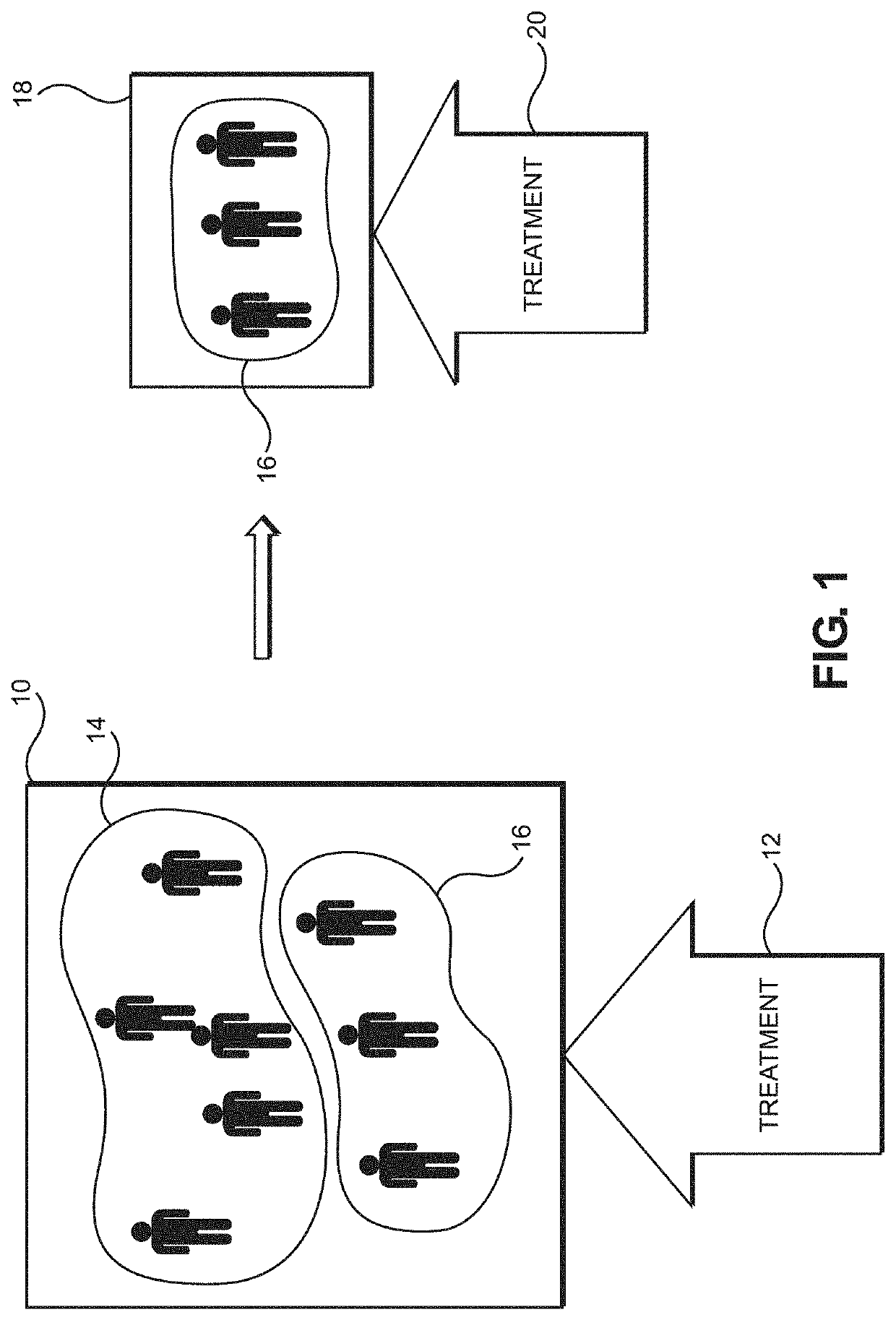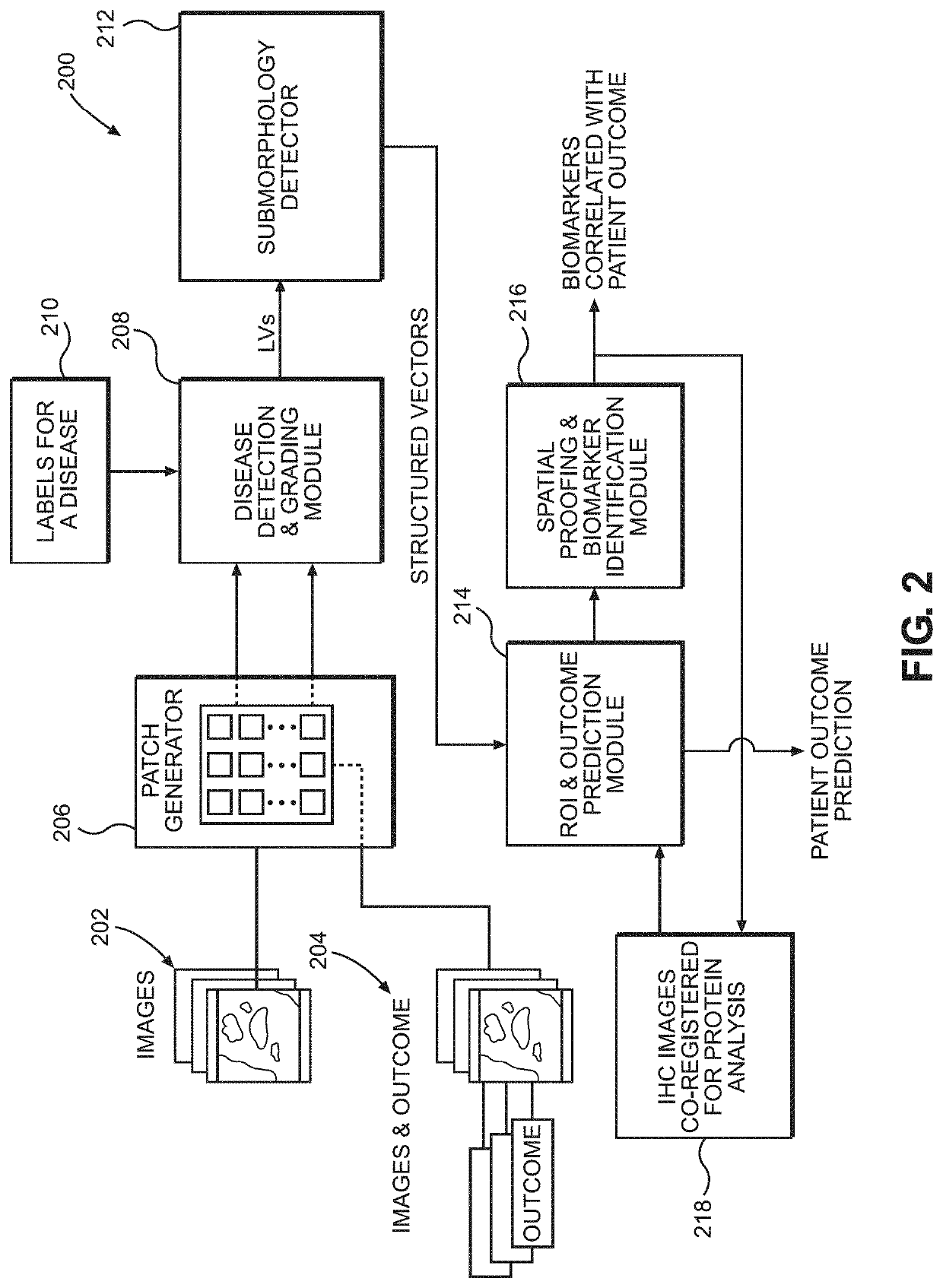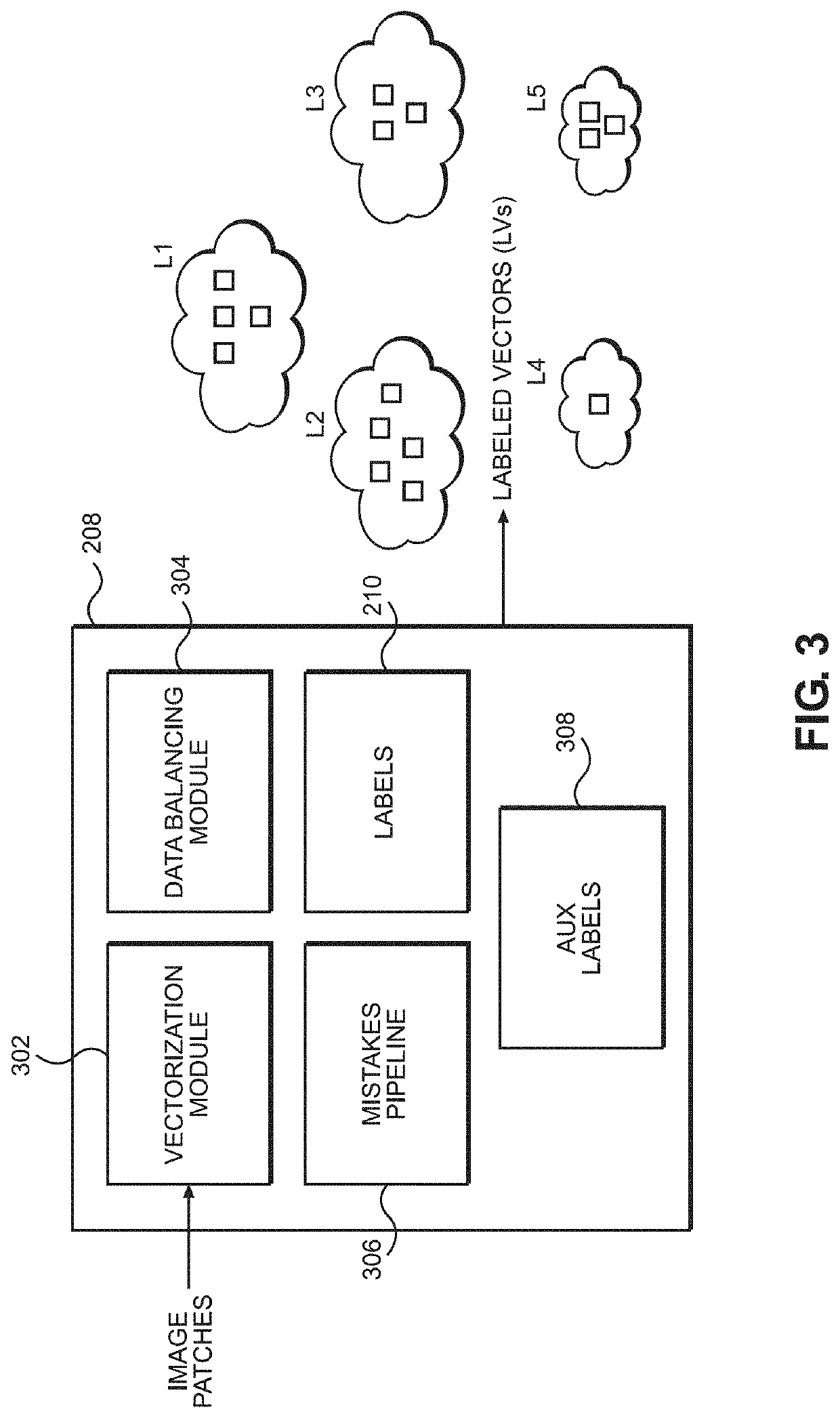Systems and methods for predicting patient outcome to cancer therapy
a cancer therapy and patient technology, applied in the field of disease detection and treatment identification, can solve the problems of inability to identify which patients will fail standard-of-care therapy, most trials fail to achieve statistical significance, and proteogenomic analysis is not able to capture the dynamics of tme, etc., and achieve the effect of low confiden
- Summary
- Abstract
- Description
- Claims
- Application Information
AI Technical Summary
Benefits of technology
Problems solved by technology
Method used
Image
Examples
Embodiment Construction
lass="d_n">[0041]The following detailed description of certain embodiments presents various descriptions of specific embodiments of the invention. However, the invention can be embodied in a multitude of different ways as defined and covered by the claims.
[0042]Unless defined otherwise, all terms used herein have the same meaning as are commonly understood by one of skill in the art to which this invention belongs. All patents, patent applications and publications referred to throughout the disclosure herein are incorporated by reference in their entirety. In the event that there is a plurality of definitions for a term herein, those in this section prevail.
[0043]When the terms “one”, “a” or “an” are used in the disclosure, they mean “at least one” or “one or more”, unless otherwise indicated.
[0044]In the context of disease treatment, current medical practice and standard-of-care (SOC) might treat patients based on stages of a disease and the patient's responsiveness to available tr...
PUM
 Login to View More
Login to View More Abstract
Description
Claims
Application Information
 Login to View More
Login to View More - R&D
- Intellectual Property
- Life Sciences
- Materials
- Tech Scout
- Unparalleled Data Quality
- Higher Quality Content
- 60% Fewer Hallucinations
Browse by: Latest US Patents, China's latest patents, Technical Efficacy Thesaurus, Application Domain, Technology Topic, Popular Technical Reports.
© 2025 PatSnap. All rights reserved.Legal|Privacy policy|Modern Slavery Act Transparency Statement|Sitemap|About US| Contact US: help@patsnap.com



